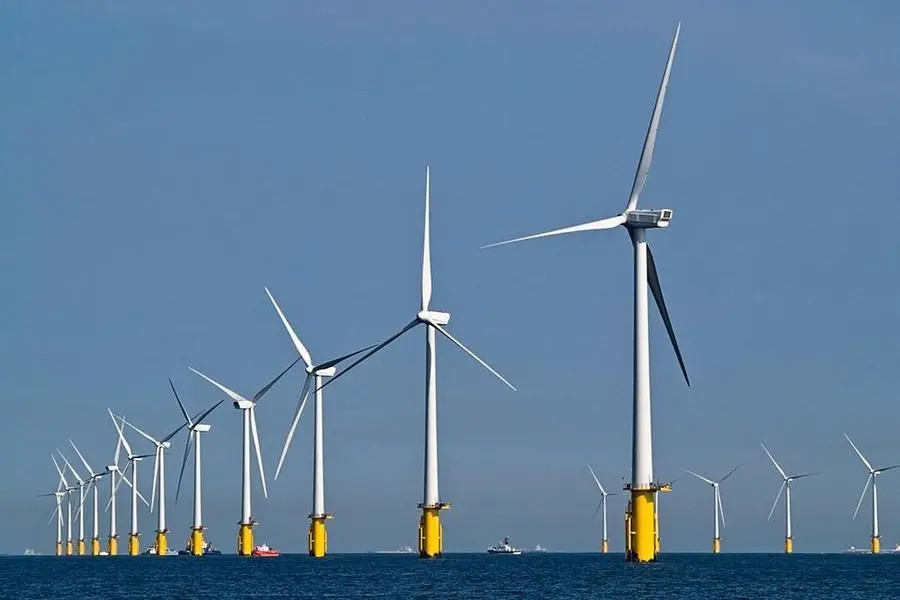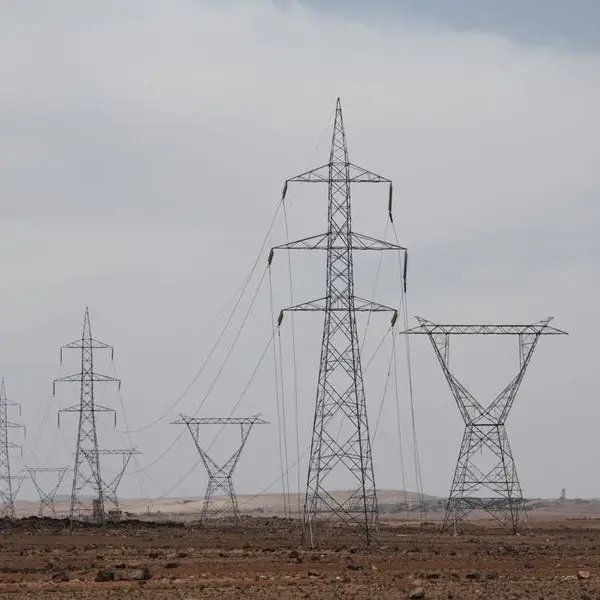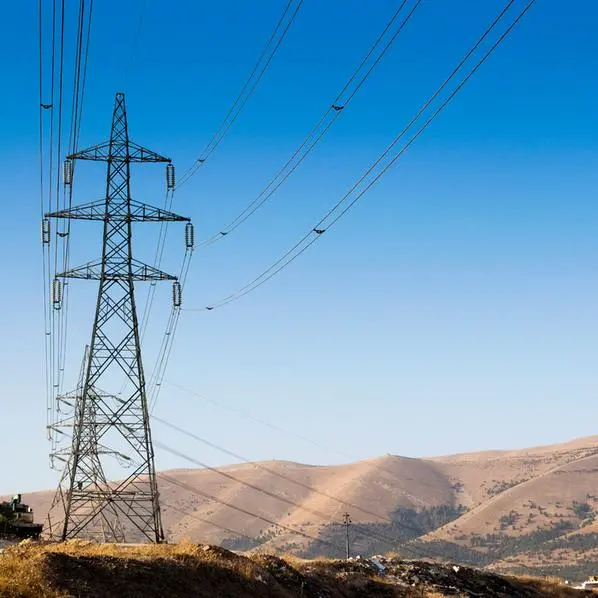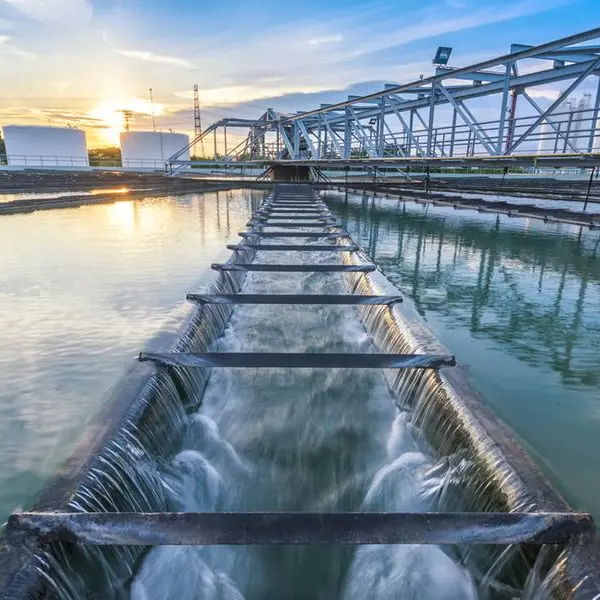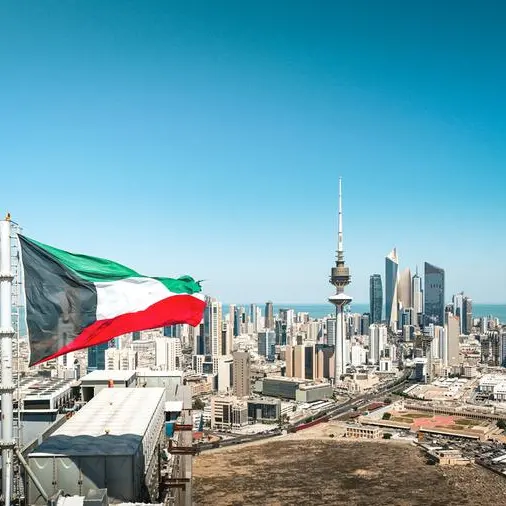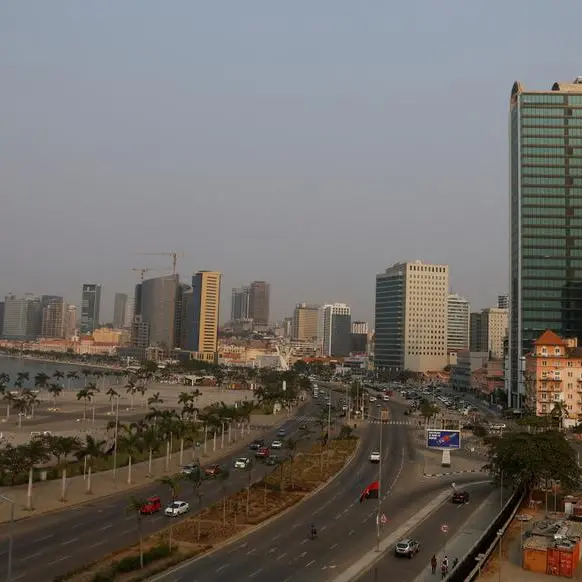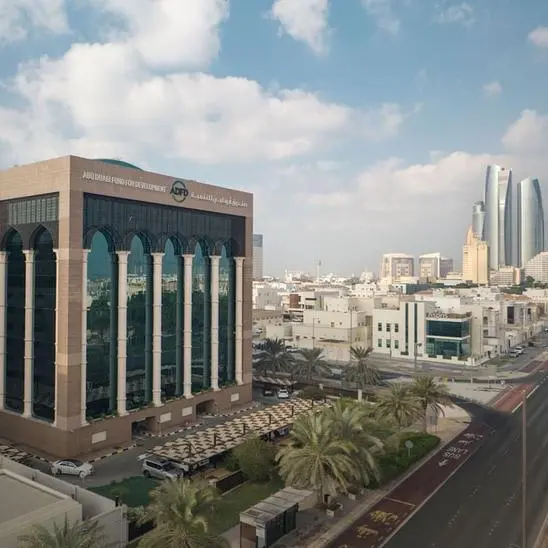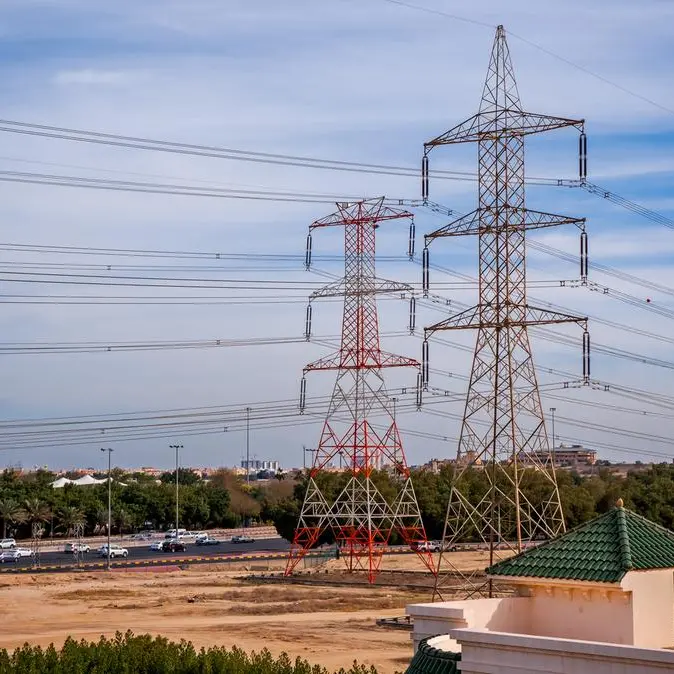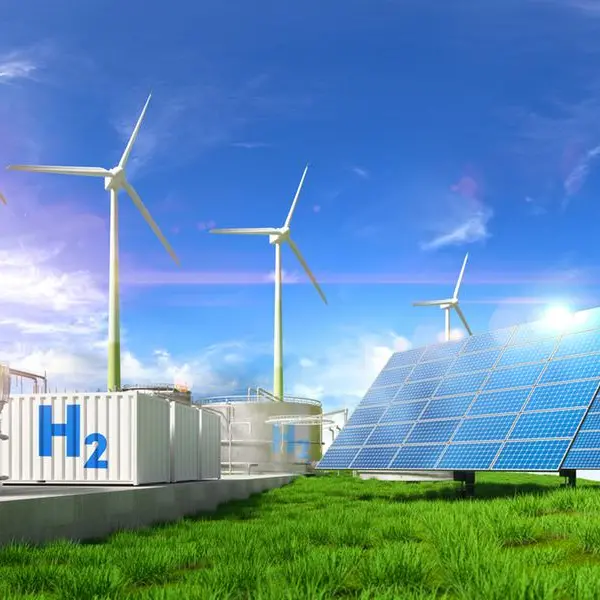PHOTO
MUSCAT: The southern part of the Sultanate of Oman, characterised by vast sun-soaked desert expanses and rugged wind-swept terrain, has ample renewable resources to generate a world-beating 300 – 500 gigawatts (GW) of zero carbon electricity.
Together with an estimated 300 GW of offshore wind capacity, the Sultanate of Oman is well-positioned to emerge among the world’s leading players in the green energy industry, Eng Salim bin Nasser al Aufi, Minister of Energy and Minerals, said here on Monday.
The upbeat assessment of Oman’s prodigious renewable energy potential came at the opening of IEEE Power Talks — a 3-day forum on the power and energy sector co-hosted by Raya Services and UMS Event.
Delivering the keynote address, Al Aufi provided an overview of Oman’s ambitious bid to kickstart the development of a green hydrogen based sector in line with the government’s Net Zero strategy.
That effort is well and truly under way, he said, noting that the Ministry has already signed agreements for six green hydrogen projects earlier this year (under the legacy route).
More agreements are in the offing under the auction route overseen by Hydrom, the orchestrator of Oman’s nascent green hydrogen industry.
“We are negotiating the first two auction blocks, which will hopefully be signed by the end of this month or early next month,” the minister said.
“Thus, all in all, if everything goes well, we are looking at generating anything between 25 – 30 GW within the next 5 – 7 years. When you compare that with a current generation capacity of about 10 – 11 GW, we are effectively multiplying the total electricity generated — and this time it’s going to be green electricity,” he stated.
Total investment in green hydrogen projects is estimated at $30 – 40 billion over the next seven years, Al Aufi said. Much of the output of green hydrogen from these projects will be potentially converted into green ammonia or some other carrier for export.
But ultimately, the goal for Oman is to utilise part of this output to decarbonise the local industry and economy, he stressed.
Longer term, however, Oman’s renewable energy output can be scaled up to stellar levels, according to the minister.
“In terms of renewable energy alone, we estimate that South Oman can potentially generate anywhere between 300 to 500 GW of electricity — that’s a lot of power that is generated in one country. Of course, this means there is a lot of work that we need to do. (Envisioned timeframes) will probably be 2050, 2060 or 2070,” he said.
Equally promising, Al Aufi pointed out, is the offshore wind sector, which is presently not on the ministry’s radar because of the relatively high capital cost involved.
“Let’s first get the (land-based projects) moving, and then we can start looking at the offshore potential. There’s probably another 300 GW that we can produce from the offshore sector at some point in time.
And later, we can go back again to the areas that we did not touch either because it’s a military training zone or an environmental reserve and see how we can coexist. And of course that itself will have huge generation capacity.”
2022 © All right reserved for Oman Establishment for Press, Publication and Advertising (OEPPA) Provided by SyndiGate Media Inc. (Syndigate.info).
